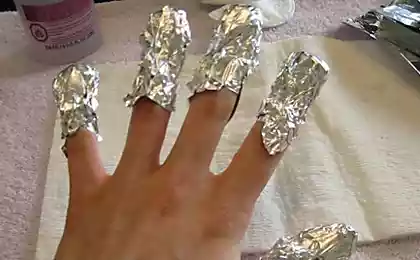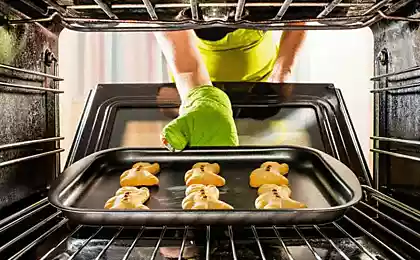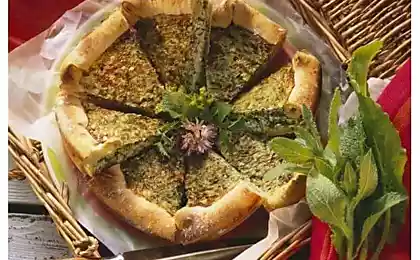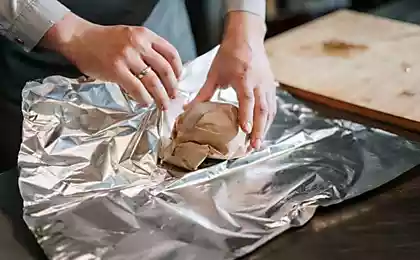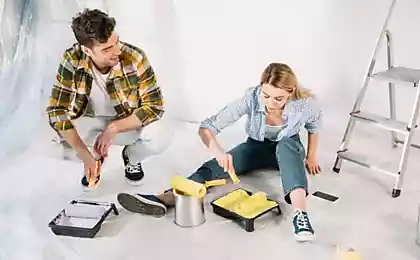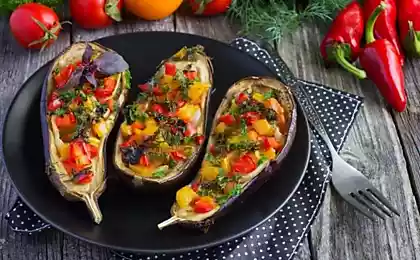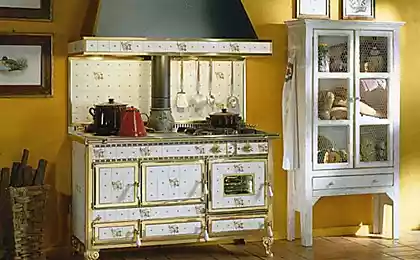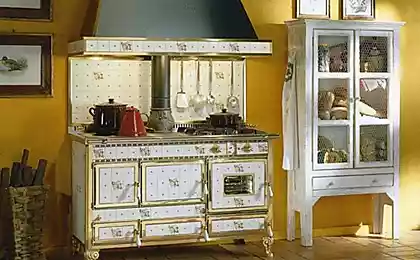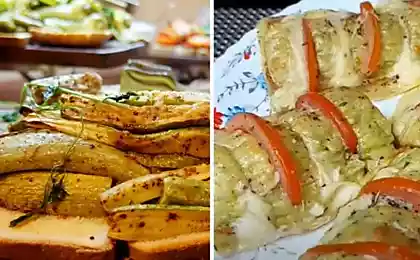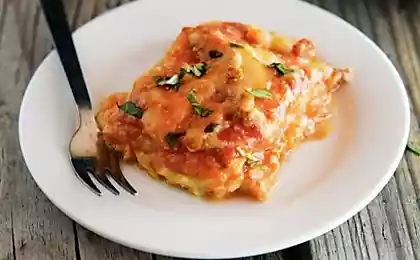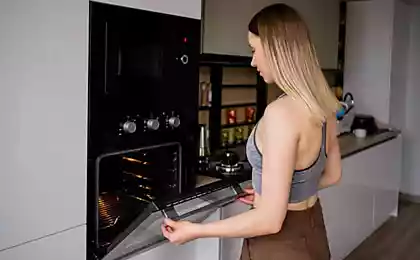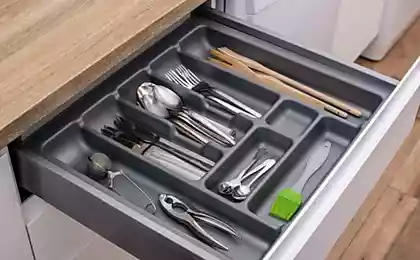207
How to learn to bake different products correctly
Baking must be the first way people ever tried cooking. Nowadays, the widespread fascination with healthy eating has made this method of cooking one of the most popular.
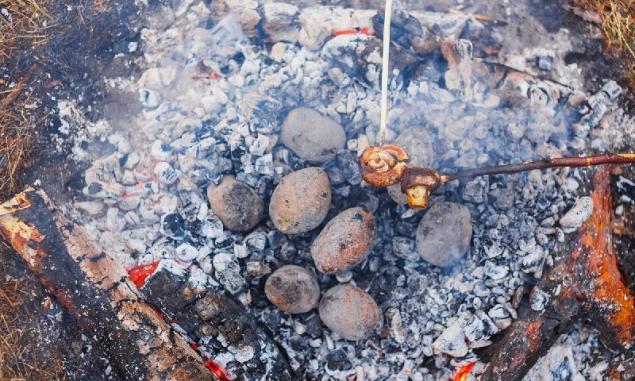
Over thousands of years of progress, fire coals have been replaced by high-tech ovens. In place of the leaves in which our ancestors wrapped meat, came modern materials: aluminum foil, parchment paper, sleeves and packages of heat-resistant film.
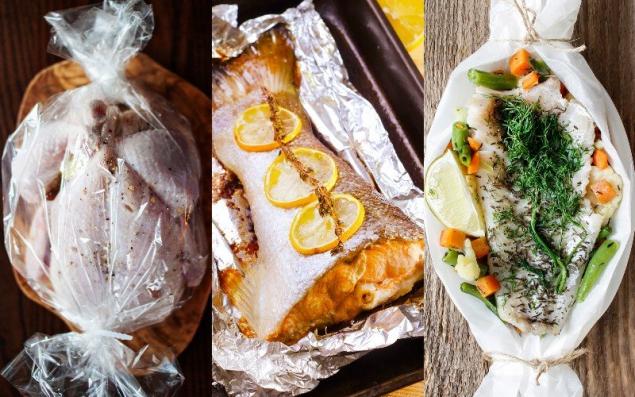
Each of these kitchen assistants has its pros and cons, so it is worth familiarizing yourself with their features in order to choose the most convenient and safe option in any case.
Compared to frying in a pan or baking in an open form, all methods from today's article have undoubted advantages.
Benefits of baking
The usual foil for baking is a thinly rolled aluminum sheet with the help of special presses. You can bake in foil at temperatures up to 600 degrees.
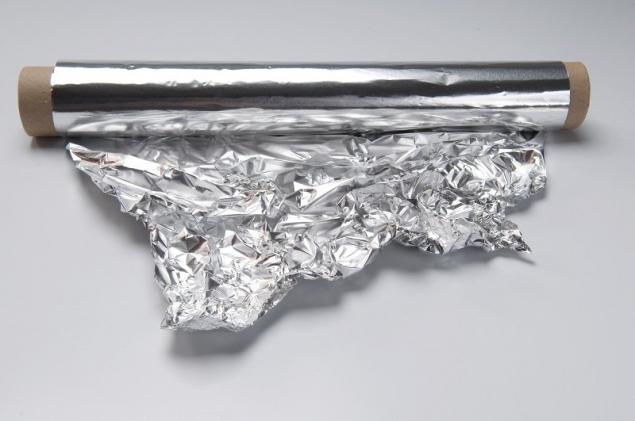
For comparison: heat-resistant polyethylene remains safe at temperatures up to 220 degrees, parchment paper - up to 200 degrees.
Large pieces of meat and whole carcasses of poultry cooked in foil are soft and tasty even without prior marination. For such a baking, it is enough to rub the meat with pepper, garlic and wrap it tightly.
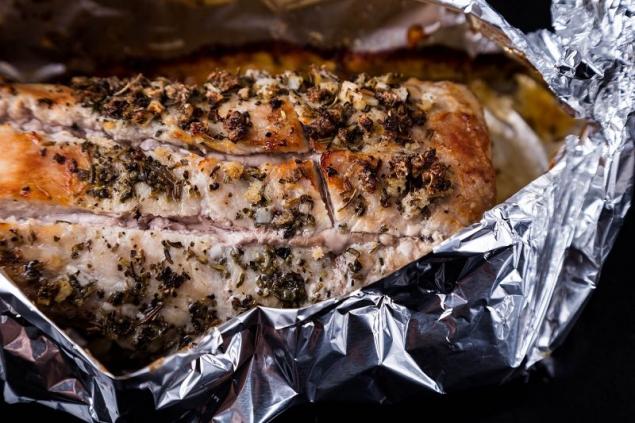
When interacting with air, aluminum is coated with a protective film of oxide, which prevents it from oxidizing. But the acid and alkali of this film are dissolved, resulting in harmful aluminum salts.
Therefore, when baking in foil, acids and alkalis should be avoided. Do not water fish or meat in foil with lemon juice or vinegar marinades.
Careful housewives know that the sides of foil tend to differ. One is more mirrored, the other is matte, with almost imperceptible roughness. Hence the often-emerging question: "On which side of the foil should the products be placed?"
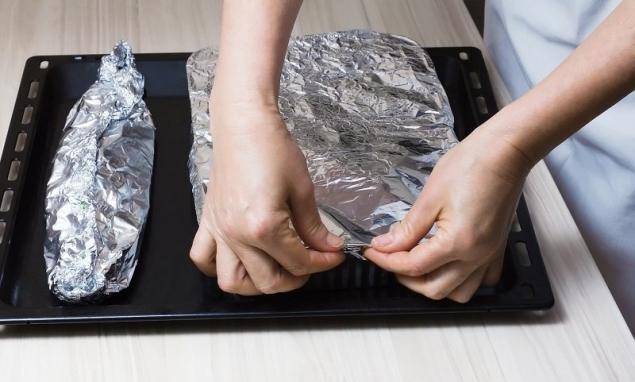
The matte side passes heat and heat very well, and the shiny side does not so much miss as reflect. Therefore, when baking products, the matte side of the foil should be outside, and the shiny side inside.
Shiny side outside put foil when you need to reduce the heating of products. In this case, the reflective ability of the glossy side will protect the culinary product from burning or drying.
Features of using the sleeve for baking Sleeves for baking are made of heat-resistant polyethylene phthalate (PTEF). This is an inert material, which, subject to temperature restrictions (220-230 degrees), does not emit harmful substances.
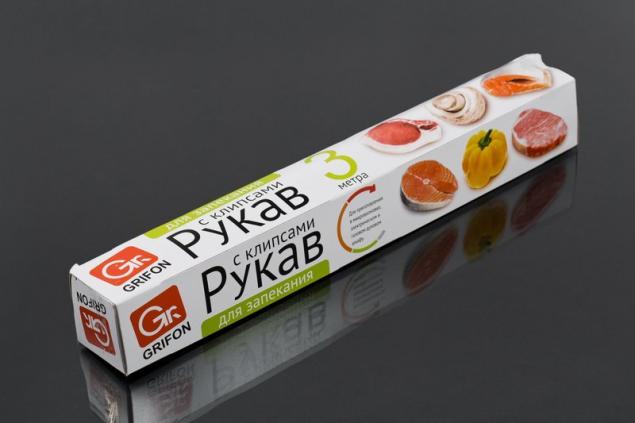
The width of the sleeve on average is 33 cm, and the length can be any, so you can bake any dish in size.
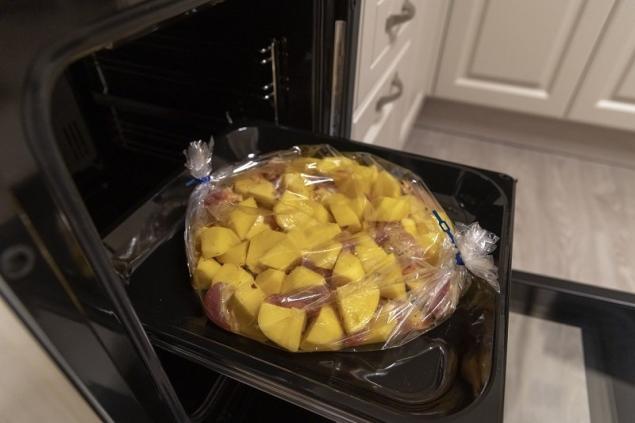
Just cut as much as you need to put the product up your sleeve and tie on both sides.
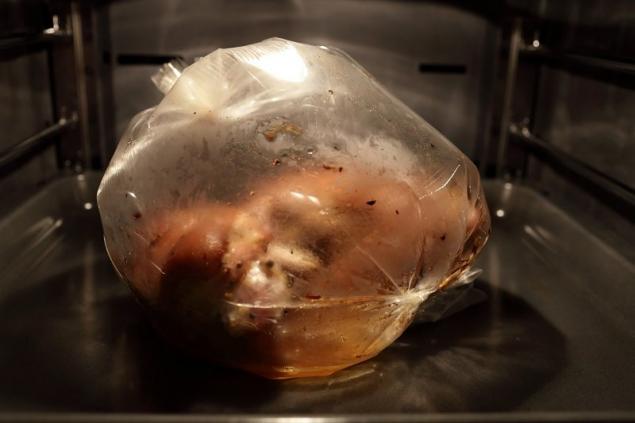
Then in the sleeve you need to make a few small punctures to get extra steam. Otherwise, the sleeve will swell like a ball, can touch the walls of the oven and burst.
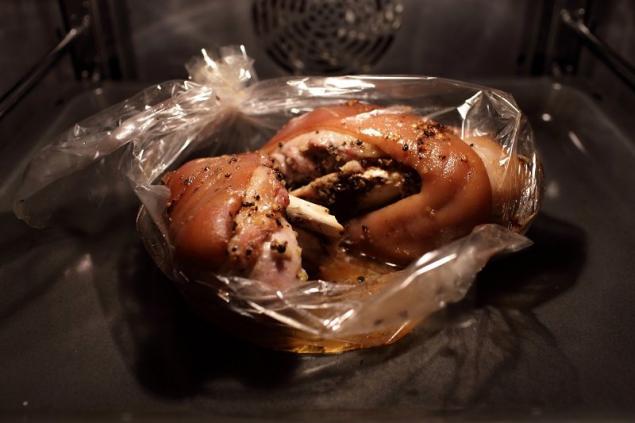
To get a beautiful appetizing crust, 10-15 minutes before the end of cooking, cut the sleeve for baking with scissors, turn the edges and bake the dish a little more.
If when heating the sleeve or bag there is an unpleasant pungent smell or changes its color, then it is not safe to use it further.
To be sure of the safety of the future dish, buy a baking sleeve, the label of which says "environmentally friendly" or "after disposal, the material does not emit harmful substances into the atmosphere."
Parchment paper is a special type of dense paper that does not pass moisture and fats. Its distinctive feature in comparison with polymer films is biological inertness, air permeability, moisture resistance, which allows products to “breathe”.
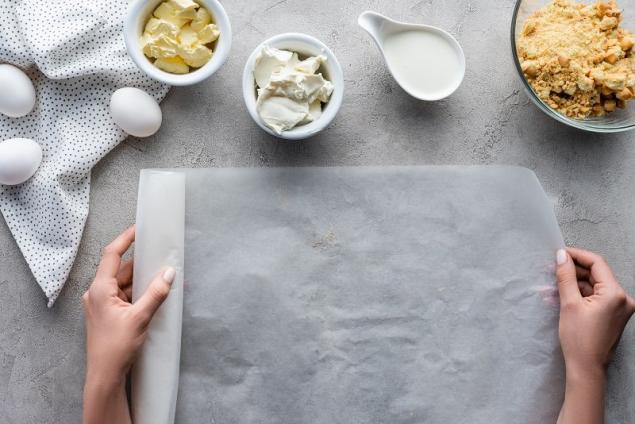
Parchment is simply indispensable for baking. Everything is easy to bake, does not stick and does not soil the form.
Now parchment is experiencing a second birth. The real discovery was parchment paper with silicone impregnation. With the help of such a combined paper, it is very convenient to bake meat, fish, vegetables.
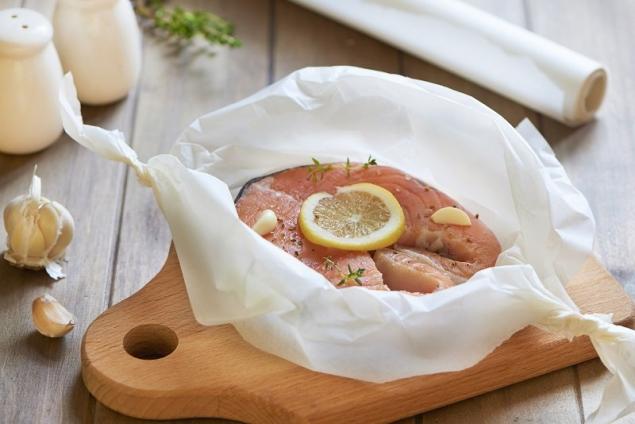
Parchment is easy to use: you need to tear a large sheet from the roll, be sure to fold it in half, put food in the middle of the paper, curl the ends tightly and send everything to the pan.
What to use for baking
Foil, film and parchment paper make cooking easier and help prepare juicy and aromatic dishes. Be sure to choose your favorite way of baking, in addition to the taste and speed of cooking, an additional bonus will be a clean oven.

Over thousands of years of progress, fire coals have been replaced by high-tech ovens. In place of the leaves in which our ancestors wrapped meat, came modern materials: aluminum foil, parchment paper, sleeves and packages of heat-resistant film.

Each of these kitchen assistants has its pros and cons, so it is worth familiarizing yourself with their features in order to choose the most convenient and safe option in any case.
Compared to frying in a pan or baking in an open form, all methods from today's article have undoubted advantages.
Benefits of baking
- Under the action of the steam formed inside, meat or fish are baked in their own juice. No fat is required, so the dish is soft, juicy and more dietary.
- In food, there are a number of useful elements that are usually destroyed when frying.
- Cooking is accelerating. If the outdoor cooking of 2 kg of meat takes about 2.5-3 hours, the meat wrapped in foil will be ready in 1-1.5 hours, wrapped in a bag in 1.5 hours, covered with parchment in 2 hours.
- The side dish, prepared together with the main product, becomes tastier and absorbs the juice of the main dish.
- Meat or fish do not boil or dry, but quickly, beautifully and evenly baked throughout the depth.
- When baking in the sleeve, foil or parchment, the fat is not sprayed on the oven, which means that further cleaning is facilitated.
The usual foil for baking is a thinly rolled aluminum sheet with the help of special presses. You can bake in foil at temperatures up to 600 degrees.

For comparison: heat-resistant polyethylene remains safe at temperatures up to 220 degrees, parchment paper - up to 200 degrees.
Large pieces of meat and whole carcasses of poultry cooked in foil are soft and tasty even without prior marination. For such a baking, it is enough to rub the meat with pepper, garlic and wrap it tightly.

When interacting with air, aluminum is coated with a protective film of oxide, which prevents it from oxidizing. But the acid and alkali of this film are dissolved, resulting in harmful aluminum salts.
Therefore, when baking in foil, acids and alkalis should be avoided. Do not water fish or meat in foil with lemon juice or vinegar marinades.
Careful housewives know that the sides of foil tend to differ. One is more mirrored, the other is matte, with almost imperceptible roughness. Hence the often-emerging question: "On which side of the foil should the products be placed?"

The matte side passes heat and heat very well, and the shiny side does not so much miss as reflect. Therefore, when baking products, the matte side of the foil should be outside, and the shiny side inside.
Shiny side outside put foil when you need to reduce the heating of products. In this case, the reflective ability of the glossy side will protect the culinary product from burning or drying.
Features of using the sleeve for baking Sleeves for baking are made of heat-resistant polyethylene phthalate (PTEF). This is an inert material, which, subject to temperature restrictions (220-230 degrees), does not emit harmful substances.

The width of the sleeve on average is 33 cm, and the length can be any, so you can bake any dish in size.

Just cut as much as you need to put the product up your sleeve and tie on both sides.

Then in the sleeve you need to make a few small punctures to get extra steam. Otherwise, the sleeve will swell like a ball, can touch the walls of the oven and burst.

To get a beautiful appetizing crust, 10-15 minutes before the end of cooking, cut the sleeve for baking with scissors, turn the edges and bake the dish a little more.
If when heating the sleeve or bag there is an unpleasant pungent smell or changes its color, then it is not safe to use it further.
To be sure of the safety of the future dish, buy a baking sleeve, the label of which says "environmentally friendly" or "after disposal, the material does not emit harmful substances into the atmosphere."
Parchment paper is a special type of dense paper that does not pass moisture and fats. Its distinctive feature in comparison with polymer films is biological inertness, air permeability, moisture resistance, which allows products to “breathe”.

Parchment is simply indispensable for baking. Everything is easy to bake, does not stick and does not soil the form.
Now parchment is experiencing a second birth. The real discovery was parchment paper with silicone impregnation. With the help of such a combined paper, it is very convenient to bake meat, fish, vegetables.

Parchment is easy to use: you need to tear a large sheet from the roll, be sure to fold it in half, put food in the middle of the paper, curl the ends tightly and send everything to the pan.
What to use for baking
- Meat and bird
Despite a lot of layers, it is still impossible to achieve a sealed packaging of meat in foil. Part of the juice flows directly onto the pan, and the meat turns out to be drier and tougher.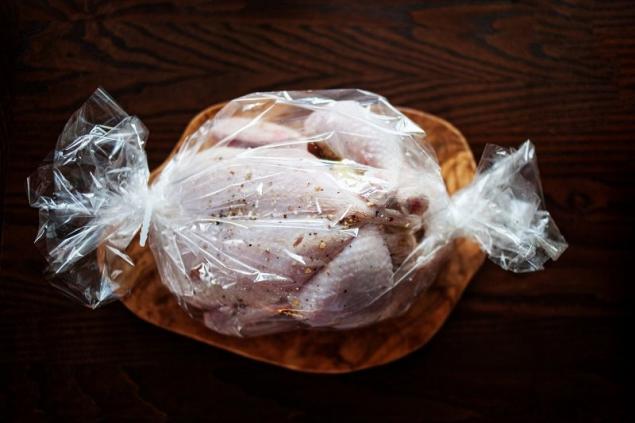
The meat in the sleeve is cooked very evenly, it feels more like steaming, but sometimes the juice is too much, and the contents of the sleeve are simply boiled.
Baking meat and fish in parchment became possible thanks to a special silicone layer. It prevents the destruction of paper under the influence of fat and juice secreted by products. - Fish
When baking fish, foil and parchment can be used. Do you want to get a soft and juicy fish? Put it in a special paper pocket and add vegetables, seasonings and some lemon juice.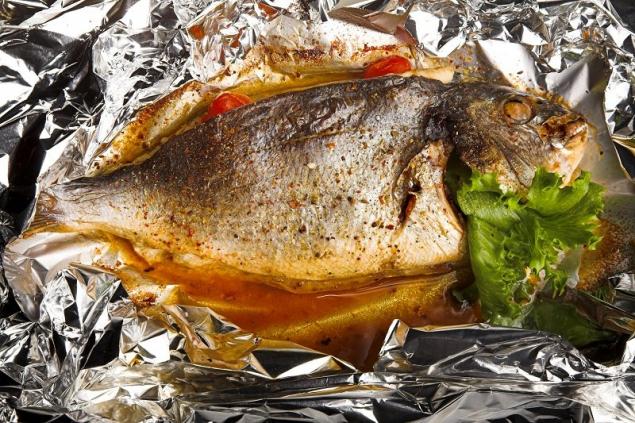
Parchment will retain moisture and aromas. If you need more fried fish, choose foil. - Vegetables
The vegetables cooked in parchment are perfect. They are cooked as if steamed in their juice, while preserving all their useful trace elements (when they are boiled in water, most of the beneficial vitamins are washed out, and then merged with water).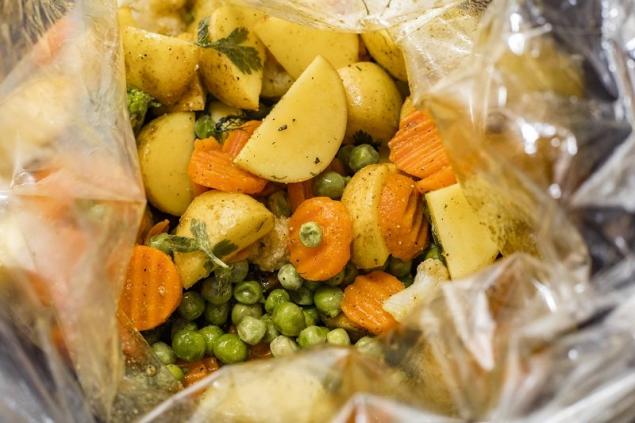
If the temperature when cooking vegetables should not exceed 230 degrees, you can use a sleeve for baking, if it rises higher - take foil.
Another point to keep in mind is the presence or absence of a crispy crust. If this moment is fundamental for you, use parchment, and if you want soft vegetables - foil or film. - Baking.
For cookies, it is definitely better to use parchment. So it can be evenly baked, will not break, will not spread and will not crack. If you decide to bake sweets on foil, be prepared for the fact that they can crawl, and dry, become a little darker than you expected.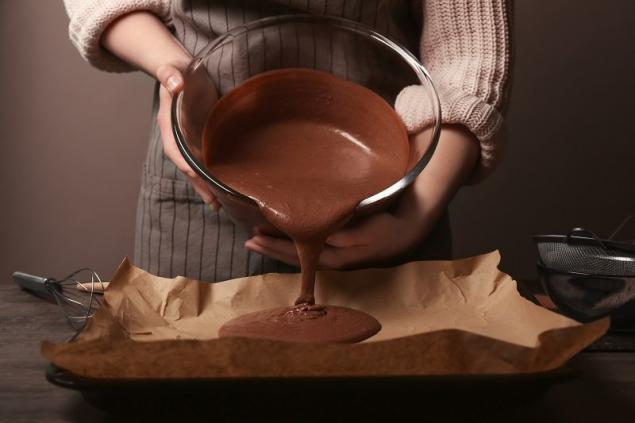
Regular parchment absorbs fat relatively well, so it is the best material for baking dough products with a large amount of fat. So, the butter cookies on it least lose shape.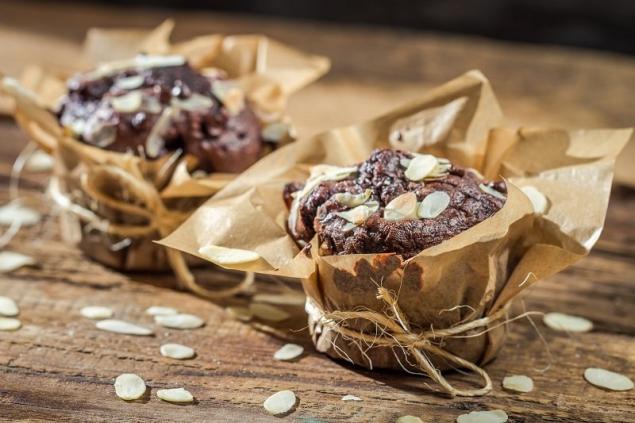
Parchment with a thin silicone coating is easiest to separate from finished products, including biscuits, such paper does not pass moisture, almost does not absorb fat and does not need additional lubrication. Can be used for baking any kind of dough, and for everything except biscuits, repeatedly.
Foil, film and parchment paper make cooking easier and help prepare juicy and aromatic dishes. Be sure to choose your favorite way of baking, in addition to the taste and speed of cooking, an additional bonus will be a clean oven.








